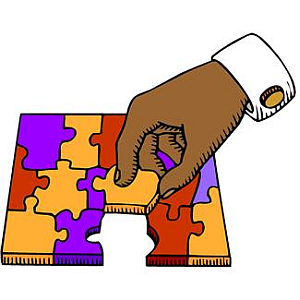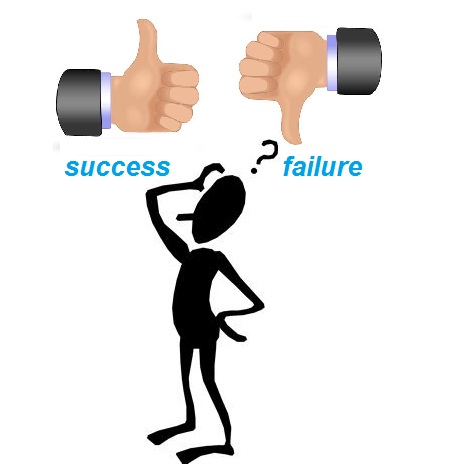Agile Modeling for Software Development Process
 Agile modeling (AM) is one of the agile project management methodologies based on principles of model-driven development. Using agile modeling techniques and tools allows software developers to consider complex problems before addressing them in programming.
Agile modeling (AM) is one of the agile project management methodologies based on principles of model-driven development. Using agile modeling techniques and tools allows software developers to consider complex problems before addressing them in programming.
Planning and development uses software modeling principles to let a developer to design a software system that truly meets the customer’s requirements. Agile-based modeling was established in 2002 by Scott Ambler who offered a suite of PM principles and best practices.
Here are the values of the agile software development methodology:
- Communication
Agile team can exist and do tasks only in case communication channels are established. The project manager is a person who ultimately cares for establishing and maintaining the channels. Agile modeling entails using agile project management software to build such channels and let the team communicate with each other in real time. - Simplicity
Agile planning and development will let the project team to make their effort simple yet complete. Simple project management can be achieved if developers clearly know their roles and duties within the agile modeling project, and there are no nodes that make team collaboration and data exchange more complicated. - Rapid Feedback
The development process becomes effective if team members request and give feedback. The agile project manager can receive feedback to analyze issues and implement solutions that best contribute to the achievement of balanced agile estimating and planning. - Humility
It means a developer understands that he or she may not know everything about the project so he/she should collaborate with the team to share knowledge and perceive software development ideas. Following this principle is a great contribution to the agile development management.
The agile modeling method is similar to XP method (Extreme Programming Method). It is based on the same ideas such as the following:
- Content is more important than the representation
- Embracing incremental changes in the system
- Following agile requirements management
- Designing multiple effective software models
- Focusing on the quality of agile software lifecycle management, and others
Besides, the agile modeling technique shares the same approaches to organization and planning of the software development process. For example, the agile modeling practice involves a modeler in designing a model of software system following the next conditions:
- Stakeholders actively participate in the agile planning and development
- Teamwork is established
- Appropriate artifact (such as UML diagrams) is used to create suitable models
- Several models are created in parallel
- Correctness of the agile software models is verified
- The verified models are implemented and the resulting interface is presented to the user
- Standards for agile requirements management are met
The agile modeling practice involves separating the development process into iterations. The modeling activities are to be performed as planned per iteration. Often, managing agile-based projects can be done using other methodologies, such as Test Driven Development (TDD) and Extreme Programming (XP).
Agile modeling allows creating a mediator between both flexible and lightweight agile development methodologies. Developers are able to communicate architectures through applying agile software development practices to the modeling process














